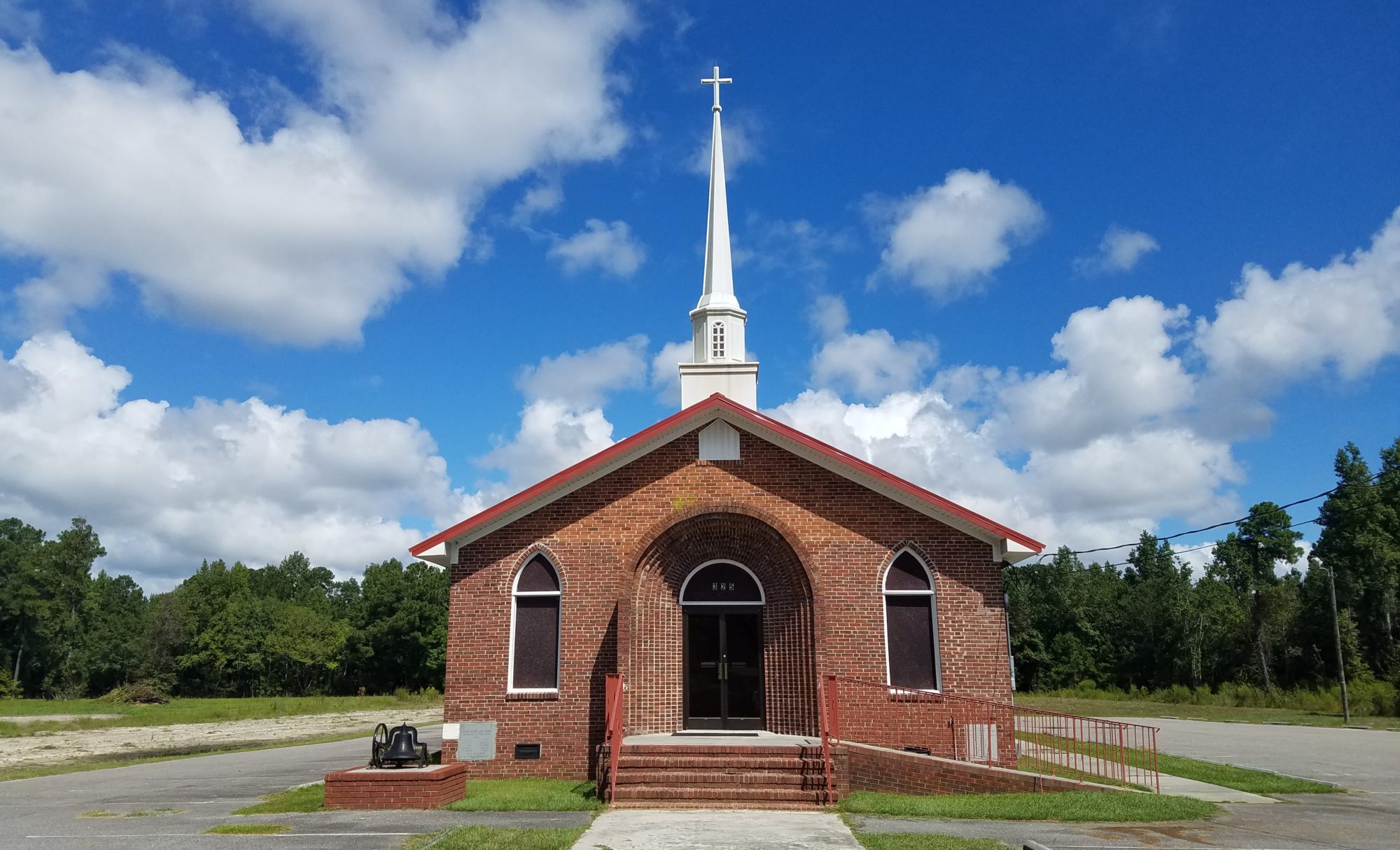THE MISSION, VISION, PURPOSES AND OBJECTIVES OF THE A. M. E. CHURCH
The Historical Preamble
The African Methodist Episcopal Church, whose founders affirmed their humanity in the face of slavery and racism, stands in defense of disadvantaged and oppressed peoples in the 2 1st century. From the origins in the Free African Society through the involvement of the AME clergy and lay in the Civil War of the 1860’s and the Civil Rights Movement in the 1960’s, the AMEC has preached salvation from sin and deliverance from bondage. The mission expanded to others within the African Diasporas in the Americas, Africa, Caribbean, and Europe. Whether in schools, seminaries, hospitals or social service centers, the AME Church has lived the gospel outside its sanctuaries. This mandate still informs its ministry, vision and mission in the Church’s third century of existence.
The Mission
The Mission of the AME Church is to minister to the social, spiritual, and physical development of all people.
The Vision
At every level of the Connection and in every local church, the AME Church shall engage in carrying out the spirit of the original Free African Society, out of which the AME Church evolved: that is, to seek out and save the lost, and to serve the needy. It is also the duty of the Church to continue to encourage all members to become involved in all aspects of church training.
The Purposes
The ultimate purposes are: (1) make available God’s biblical principles, (2) spread Christ’s liberating gospel, and (3) provide continuing programs which will enhance the entire social development of all people.
The Objectives
In order to meet the needs at every level of the Connection and in every, local church, the AME Church shall implement strategies to train all members in: (1) Christian discipleship, (2) Christian leadership, (3) current teaching methods and materials, (4) the history and significance of the AME Church, (5) God’s biblical principles, and (6) social development to which all should be applied to daily living.
(p. 16 of the Book of Discipline of the African Methodist Episcopal Church 2008, The AM.EC Sunday School Union, 2008)
The African Methodist Episcopal (A. M. E.) Church is 215 years old. The African Methodist Episcopal Church was born at a time not wholly unlike this day of our travail. The great urge and passion were theological and social; redemptive more than doctrinal. The African Methodist Episcopal Church, has, for over two-hundred years, challenged and fought the enemies of justice, freedom, and for all people. It has affirmed and defended primarily, of course, the rights of the Black and oppressed people to who it gave identity and opportunity, but its scope of concern and action was and is as limitless as the Christian religion, hence its motto: “God our Father, Christ our Redeemer, Humankind one Family”.
The African Methodist Episcopal Church has a rich legacy
Its founding represents the first Civil Rights protest by persons of African descent in this country.
(The Free Africa Society in 1787)
It owns the oldest parcel continuously owned by Blacks in this nation. (Mother Bethel)
It publishes the oldest newspaper in continuous circulation by persons of African descent in the USA.
(A. M. E. Christian Recorder)
It operates 6 historically Black schools in the USA, two theological seminaries, schools in Liberia and South Africa.
Allen University
Paul Quin College
Morris Brown College
Payne Theological Seminary
Turner Theological Seminary – ITC
Wilberforce University
Monrovia College
Wilberforce Community College
Jackson Theological Seminary
Edward Waters College
Dickerson Theological Seminary
Shorter College
Sizane School
R.R. Wright Theological Seminary
Bryant Theological Seminary
Bonner-Campbell School of Religion
Richard Allen Chapel
AME University
Abington School of Religion
It owns a travel agency, a printing house, and publishes a scholarly journal and several magazines.
Its international relief organization provides health relief in Haiti. Affiliated 501 (c) (3) organizations carry out the
missions of local congregations throughout this nation as community development corporations, schools, day care
centers, senior day care centers, housing development corporations, after school programs, charter schools, retail
centers, etc.
There are 19 administrative regions in the A. M. E. Church, including the Second Episcopal District.
